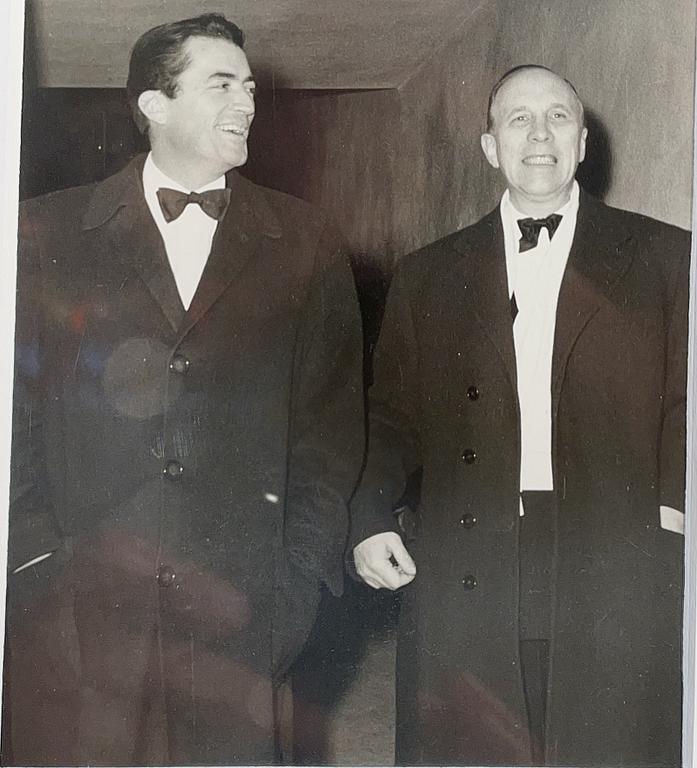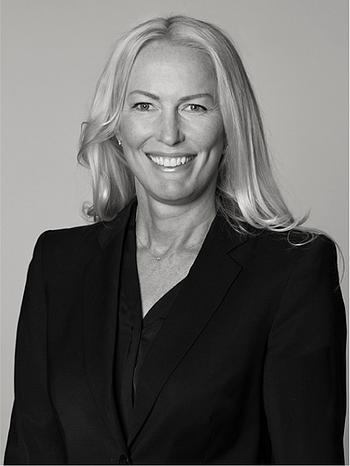Josef Frank
A rare cabinet covered with prints depicting different animals and plants, Firma Svenskt Tenn, Sweden 1940s.
Model "1140", oak, doors and sides covered with coloured engravings of fauna and flora from Friedrich Justin Bertuch's "Bilderbuch für Kinder," published 1790-1830, all framed in reserves, interior lined with birch and pine, including two removable adjustable shelves. Height 143.5 cm, width 111 cm, depth 41.5 cm.
Probably executed as a special commission. Key included.
Minor wear and small chips on the oak moldings, one door molding replaced, part of the interior is later. Keys included.
Provenance
Sven Nygren (1903-1990), Director, editor, head of film, etc., in Stockholm. Sven Nygren founded Film AB Lux, where he served as CEO from 1941-1945 and later continued his career as CEO for Fox Film AB from 1946-63. As the director of Fox Film, Sven successfully invited many American movie stars to travel to Stockholm for film premieres, and several of them became his friends.
Thence by descent.
The cabinet, which is likely a custom order, has for generations within the family been called "The Animal Cabinet".
More information
Model 1140 was designed around 1941 by Josef Frank for Svenskt Tenn. Compare "Apskåpet" (The monkey cabinet), sold at Bukowskis in 2022, the same model but that cabinet, made-to-order, was covered with French engravings from Comte de Buffon's classic work "Histoire naturelle".
Designer
Josef Frank was born in Austria and studied architecture in Vienna. As an architect, he worked with private home areas, villas and apartment buildings. In 1925 he started his own interior design firm Haus und Garten together with two architect colleagues. In connection with the advance of the Nazis, he emigrated to Sweden and was employed in 1934 at Svenskt Tenn. After the outbreak of World War II, Josef Frank, who came from a Jewish family, was forced into exile in New York. At Svenskt Tenn, he made an impact on the product range for four decades; especially when it comes to furniture and fabric prints.
Read more
































































































































